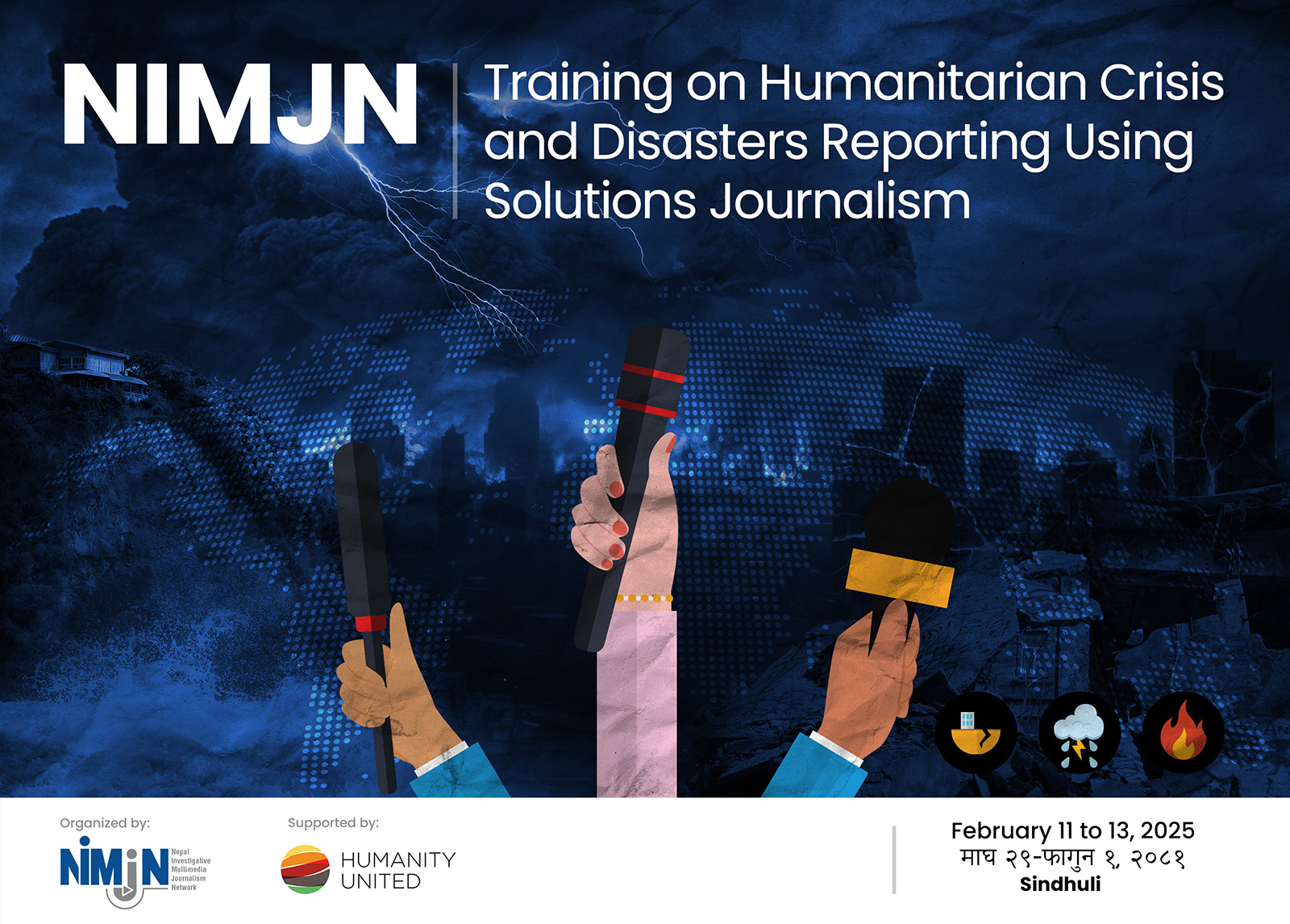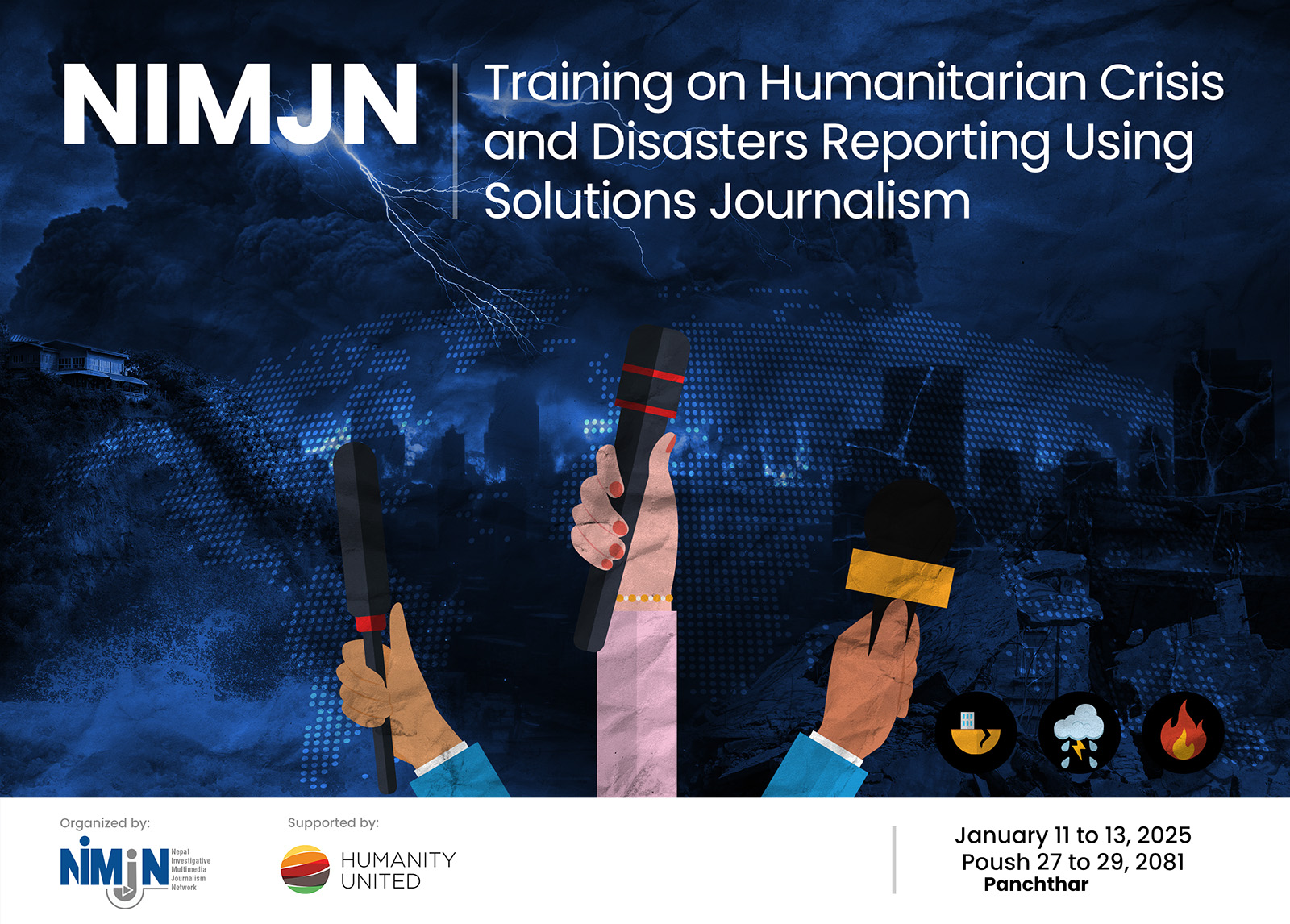Nepal Investigative Multimedia Journalism Network (NIMJN) organized a discussion titled ‘Independent Journalism in South Asia’ on February 15, 2025, in Kathmandu. The event featured Dilrukshi Handunnetti from the Center for Investigative Reporting (CIR) in Sri Lanka, Mayank Agrawal from The Reporter’s Collective in India, and Rajneesh Bhandari from NIMJN in Nepal.
Anti-human trafficking activists, representatives from civil society organizations (CSOs) and government bodies, NIMJN fellows, and editors attended the program.
The panelists discussed ways of coordinating and collaborating in cross-border reporting on human trafficking and other crucial issues. Mayank emphasized that networking and conversations are key aspects that encourage collaboration between journalists from different countries, helping to minimize visa issues, legal challenges, and other obstacles.
Dilrukshi added, “With networking and collaboration, we should work with the mindset of not just working for each other, but working with each other.” She also highlighted the importance of journalists understanding the entire migration process, language, and other critical aspects essential for successful collaboration in investigative stories on human trafficking, climate change, and more.
Rajneesh emphasized the importance of safety, risk assessment, and self-care when collaborating and coordinating reporting on cross-border issues. He also mentioned collaborative reporting as the need of the hour.
All speakers concluded that collaborative journalism on cross-border issues in South Asia is crucial, as it holds great potential to drive change.



